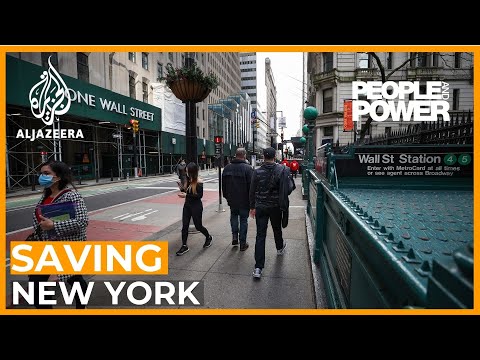Saving New York | People and Power

Now well into its second year, the coronavirus pandemic has devastated communities around the world – not just in terms of the fatalities, ill health and mental anguish endured by so many, but also socially and economically, as the effects of lockdowns, travel restrictions, social distancing and commercial contraction have hit home. Large, densely populated cities – as key vectors of infection – have been particularly vulnerable to these problems. One such example is New York. For a time in April 2020, it was the global epicentre of the pandemic when 600 people a day were dying in the city’s hospitals and, even now, its 33,000-plus death count is still one of the highest of any city in the world. Outside those in China, it was one of the first global cities to enforce a lockdown, to see its commuters stay home, its hotels empty of tourists, and its public transport, shops, offices, theatres and restaurants fall silent. Now things are getting better. At the time of writing, about half of its residents have been fully vaccinated against COVID-19, and there is widespread hope that it will not be long before New York fully recovers its famous urban vitality. But how easy will that be? Some of the cornerstones of the New York economy have shifted, perhaps forever; many of its people have gone elsewhere and they may not all come back. In short, the pandemic has added new challenges to existing urban problems like racial and economic inequality and, as elsewhere in the world, it has changed patterns of living and working in many unforeseen ways. The long-term consequences of all this are not yet clear. People & Power's Bob Abeshouse, himself a longtime New Yorker, explores some of these challenges and finds out what it will take to bring the city back. – Subscribe to our channel: http://aje.io/AJSubscribe – Follow us on Twitter: https://twitter.com/AJEnglish – Find us on Facebook: https://www.facebook.com/aljazeera – Check our website: https://www.aljazeera.com/
Whatch on Al Jazeera







